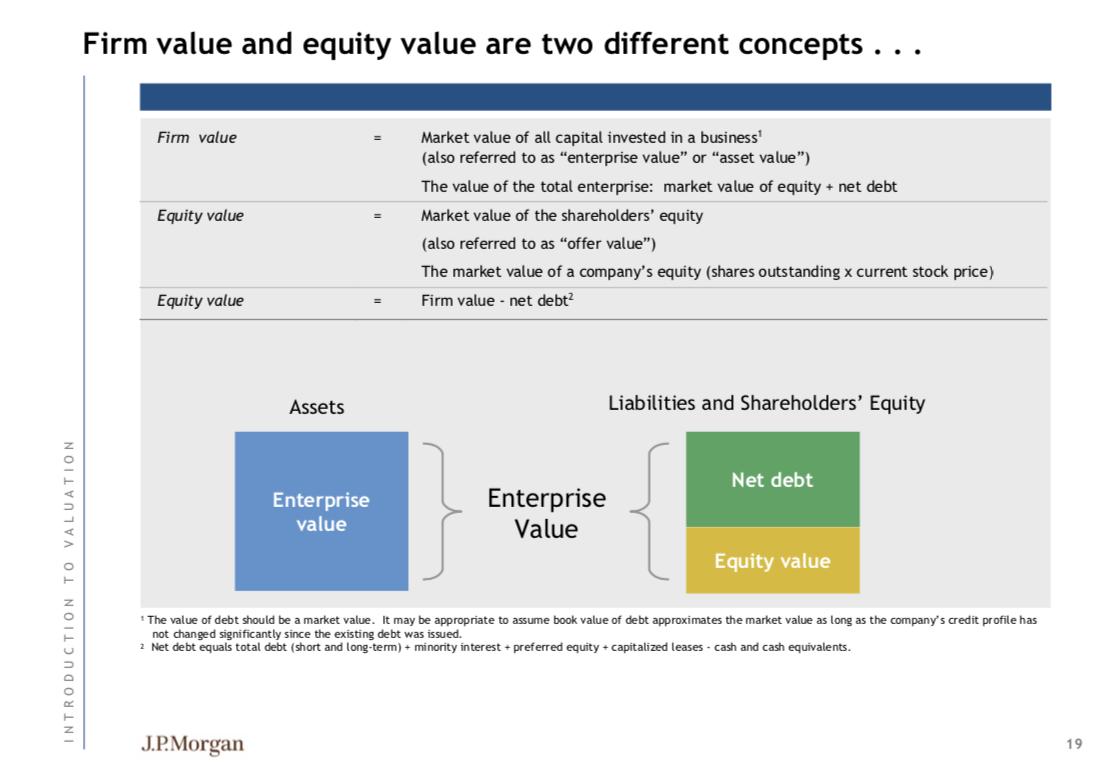摘要:本书介绍了金融建模的全面知识。通过深入浅出的方式,它涵盖了金融建模的基本概念、工具和技术,包括风险评估、投资组合管理、衍生品定价等关键领域。这本书为初学者和专业人士提供了丰富的资源和指导,帮助他们理解并应用金融建模在实际金融决策中的重要作用。
In the realm of finance, financial modeling plays a pivotal role in decision making, risk assessment, and strategic planning. It involves the utilization of mathematical techniques and statistical methods to analyze financial data and forecast future financial outcomes. In this article, we will delve into the concept of financial modeling and its applications in the financial industry.
What is Financial Modeling?
Financial modeling is a process of creating a simplified representation of a real-world financial situation or scenario. It involves the construction of mathematical frameworks and statistical models to analyze financial data, assess risks, and make informed decisions. By simulating various financial scenarios, financial modeling helps in understanding the financial implications of different strategies and policies.
Applications of Financial Modeling
1、Credit Risk Analysis: Financial modeling is extensively used in credit risk analysis to assess the likelihood of default by borrowers. Models such as KMV and CreditMetrics are used to estimate default probabilities and provide insights for risk-based pricing and capital allocation.
2、Portfolio Management: Portfolio management involves the allocation of assets to optimize risk and return. Financial modeling helps in estimating the performance of portfolios under different market scenarios and provides insights for asset allocation and risk management.
3、Capital Budgeting: Capital budgeting decisions involve investing in projects with uncertain cash flows. Financial modeling helps in estimating the cash flows of projects, discounting them using appropriate discount rates, and ranking them based on their profitability.
4、Market Risk Analysis: Market risk analysis involves assessing the impact of market factors such as interest rates, exchange rates, and commodity prices on the value of investments. Financial modeling helps in simulating market scenarios and estimating the potential losses or gains arising from market movements.
5、Derivative Pricing: Financial modeling is crucial in pricing derivatives such as options, futures, swaps, and other complex financial instruments. By simulating the underlying asset prices, financial models help in estimating the fair value of derivatives and managing derivative risks effectively.
6、Valuation of Companies and Projects: Financial modeling is used to estimate the value of companies or projects based on their future cash flows and risks. Techniques such as discounted cash flow analysis, comparative company analysis, and option pricing models are used to estimate the fair value of companies or projects.
Tools Used in Financial Modeling
Financial modeling often involves the use of software tools such as Excel, Python, VBA, and other specialized financial software tools like Bloomberg Terminal or Risk Management Systems. These tools help in performing complex calculations, simulating scenarios, and analyzing data effectively.
Conclusion
Financial modeling is an essential tool for decision makers in the financial industry. It helps in understanding the financial implications of different strategies and policies, assessing risks, estimating future cash flows, and making informed decisions. With the advent of technology and sophisticated software tools, financial modeling has become more efficient and accurate, enabling decision makers to make better decisions and manage risks effectively.



 京公网安备11000000000001号
京公网安备11000000000001号 京ICP备11000001号
京ICP备11000001号